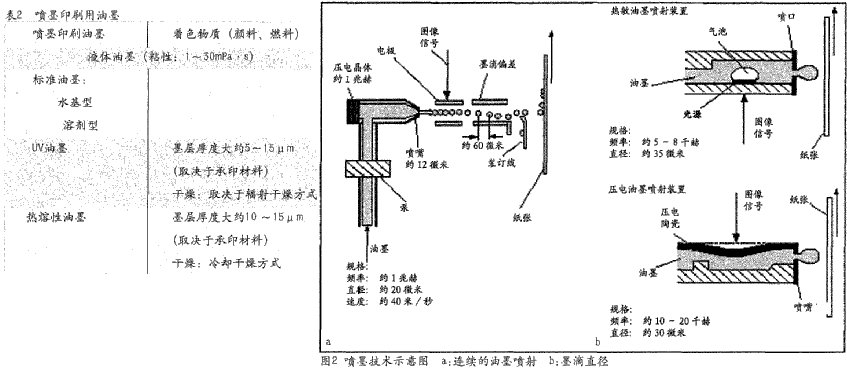Table 2 gives an example of a system for different inks that can be used in NIP technology.
As already shown in Table 2, there is a difference between liquid ink and hot melt ink. Different types of inkjet processes require different types of inks and associated ink carriers (eg, water or solvents).
The type of ink used will also depend largely on the nature of the substrate (absorbent coating, foil, etc.) to determine the surrounding conditions used for the print media (lightfastness, weatherability, abrasion resistance) and on different printing systems.

(Production of multicolor printing, further processes, etc.) requires a drying process during printing.
If liquid ink is used for drying by evaporation and absorption. The evaporation process can be accelerated by heating. In the case of UV inks this drying process is carried out by UV-light radiation curing (small molecules of organic molecules joined into macromolecules).
The use of hot melt ink means that the drying process in the printing process can be automated: the ink is first heated and melted and then cooled to the paper and cured again.
The interaction of the ink and the substrate used determines the thickness of the ink layer on the paper and therefore also determines the quality of the image, especially in multicolor printing. If liquid ink is used in the ink jet process, the thickness of the ink layer may be about 0.5 um (replicating a high quality product). In the case of UV inks and hot-melt inks, the thickness of the ink layer is between 10 and 15 um, so mitigating similar structures can affect the visual effect (the typical ink layer thickness in monochrome offset printing is 0.7 um).
3. The ink used in the temperature recording method
In the NIP technique, the temperature recording method (thermal transfer and sublimation) uses a special type of ink. A typical feature is that the ink is applied as a thin layer to the paper or ribbon material during thermal transfer and sublimation processes. In this printing process, the ink layer is completely transferred (transfer ink layer) or transferred (sublimation) by evaporation control portion.
The paper to be printed in the thermal printing process may also contain a colorant that becomes active after heating to form an image. This is similar to the imaging technique based on imaging.
Typical thickness of the ink layer in the thermal transfer process is about 2 um and the thickness of the ink layer ranges from 1 to 2 um in the thermal sublimation process. The curing process is automatically included in a physical/chemical process that belongs to the temperature recording method (melting/sublimation by heating and solidification by cooling by pressure transfer).
Stick Ball Pen,Promotional Gift Pen,Plastic Ball Pen
School Stationery Co., Ltd. , http://www.cn-stationerys.com